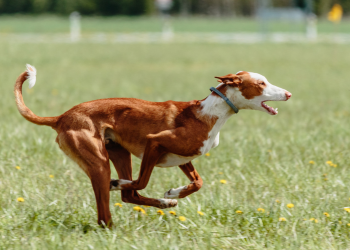
Prey drive is the natural instinct that makes dogs want to hunt, chase, and catch other animals. It is a useful trait for dogs that work in herding, hunting, or pest control. However, it can be a challenge if it makes your dog hard to manage when they see potential prey, such as a squirrel, a cat, or a bike whizzing by.
In this blog, you will learn what more detail about the instincts of many dogs, how to identify if your dog has a high prey drive, and how to more easily handle your dog. You will also discover some of the breeds that have high prey drives, based on published research that I conducted on this topic. I'm glad to be able to share real data on this subject. You might find some of the results surprising.
Simply put, it is a series of behaviours known as the predatory motor sequence. It consists of:
The searching behaviour that allows dogs such as English Pointers, German Shorthaired Pointers, English Setters, Brittany Spaniels and Vizslas to locate birds for hunters. It is also called hunting drive by some breed clubs.
A dog turning toward a prey animal they have found. It can also be seen in scentwork sports as the moment when the dog knows where the hidden scent is and turns toward it.
In their book, How Dogs Work , Ray Coppinger and Mark Feinstein describe eyeing as the dog being motionless and intently fixated on the prey. The name of this step would suggest that it is a visual behaviour but scent may play a part too – at least for some dogs.
A stalking dog will lower their body and head and slowly advance towards the prey while maintaining visual contact. The behaviour has been selectively exaggerated in some breeds including Border Collies and Setters.
This is familiar to most people. In fact, when I was researching prey drive, chase was the part of the sequence most often talked about. Selective breeding of some breeds, such as Greyhounds, has aimed to increase the dog’s ability and desire to chase. However, It should be noted that even with selective breeding and extensive training, still, little is known about what motivates Greyhounds to chase. Do they chase because chasing itself feels good to them or do they chase because they want to catch the prey animal? Might it differ from Greyhound to Greyhound? The answers to these questions are not yet known.
Predator species, on catching prey will attempt to disable the animal using a grab-bite. Historically, it is likely that this part of the sequence is what breeders were attempting to enhance in fighting breeds. In modern times some dogs are bred specifically for participation in sports that involve the dogs using this bite on a person wearing a sleeve or padded suit.
Involves a very different sort of bite. Possess is the behaviour that retrieving breeds excel at. It is a hold and carry behaviour where the dog seems to gain pleasure from being able to hold items in their mouth. The bite in this section is markedly different from a grab-bite. It should be a soft hold that will not cause injury and should then be followed by the dog maintaining that soft hold while moving.
Characterised by a biting action while the dog shakes their head. Terrier breeds have been selectively bred historically to decrease the prevalence of vermin, resulting in dogs that will repeatedly perform a kill-bite while they are working.
In this step, the dog often uses their front paws to hold while they pull and tear with their teeth. If prey is to be eaten, this enables the dog to get access to meat and organs. In companion dogs, it is more often seen during play with toys and is the reason that many dogs destroy their toys.
The final step in the predatory motor sequence – and the whole point of it for wild predators is eating the prey. In dogs, it is broadly considered undesirable as it would interfere with the roles they have been selectively bred for, as noted by the authors.
Did you recognise any of that behaviour in your own dog?
For my research I gathered prey drive information about 1,875 dogs. When I looked through that in detail, I selected the breeds or types of dog where there were ten or more of the breed in my research. Then I looked at the dogs who showed the highest intensity for the most parts of the predatory motor sequence to make this list of the top 10 high prey drive dogs.

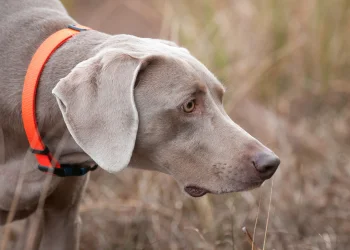

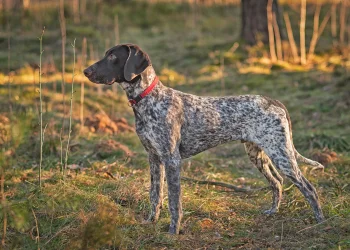
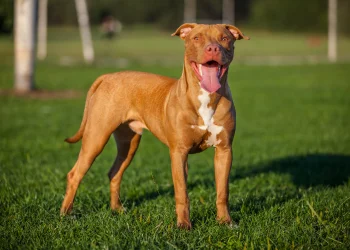
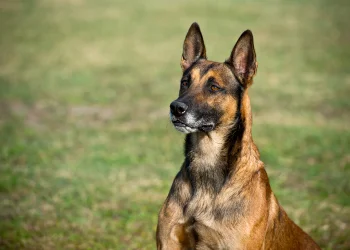
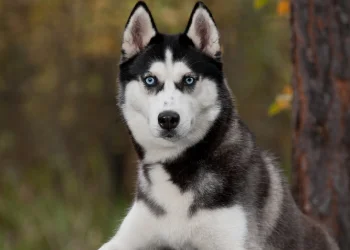

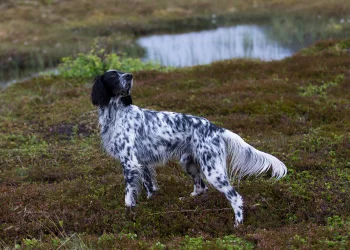

If you are involved in a breed club or breed specific rescue and would like me to conduct some research with your breed, get in touch by email.
Some signs of prey drive in dogs are:
Fixating on potential prey and ignoring your commands.
Stalking, tracking, or creeping up on other animals.
Lunging, chasing, grabbing, or biting anything that moves.
Barking, whining, or growling when they see prey.
If you aren’t sure if your dog has a high prey drive or not, take my quiz and get detailed information about your dog’s prey drive.
If we stop looking at breed, and instead look at the how common each behaviour is, the results are interesting. Out of the 1,875 dogs in my survey, this the percentage who showed a very high level of motivation for each of the prey drive behaviours. These are the dogs who would be described as obsessed with the part they love:
For each category, many dogs don’t have a high drive for each behaviour. Hunt and chase are the most highly ranked but even with those only about half of the dogs surveyed had a high drive for it.

Hunt: 52%
Orient: 39%
Eye: 22%
Stalk: 14%
Chase: 50%
Grab-bite: 38%
Possess: 27%
Kill-bite: 20%
Dissect: 20%
Consume: 7%
Would you love to know more about your dog's prey drive? Fill in my quiz and let's go from there.
There are loads of things that you can do to work with your high prey drive dog. Here are just a few ideas.
This video will give you a method for testing out a walking spot to see how your dog is likely to react in that area. If you have had the experience of letting your dog off the lead – and then having them sail off into the distance with no warning, this method will help to reduce those times.
Always be cautious with off lead and high prey drive dogs because it is so easy for them to get into trouble. You can even do this in securely fenced areas to help your dog stay closer to you.
All sorts of things about your walks strongly influence your high prey drive dog.
You’ll learn lots about your dog if you start to pay attention to what is going on around both of you on walks. To get you started, grab a notebook and every time you have a great walk, note down the time of day. Then every time you have a difficult walk, note down the time of day.
If you keep that up for a couple of weeks, you’ll then be able to see if there is a pattern.
Try out these 3 simple ways of improving your dog’s recall.
This might seem obvious but it’s easy to get so caught up in practising recalls that the most important step is forgotten about – teaching the dog what the recall means.
If your dog’s recall is less than awesome go back to basics and spend time in your house or garden making sure that your dog fully understands that when you make your recall sound it means they should run to you.
When your dog is outside on a walk surrounded by interesting things to sniff, other dogs to play with and the wide world to investigate, coming back to you won’t be their top priority unless you really make it worth their while.
So, take the time to pack some super tasty treats for every walk. Try small cubes of cheese, roast meats, sausages and anything else your dog loves. Take a mixture of different treats with you so that your dog is always surprised and delighted by what you have for them when they come back to you.
Be honest with yourself – how much time do you spend having fun with your dog on walks? If you walk along holding the lead and ignoring your dog or spend time looking at your phone or let your dog run off lead and do their own thing until it’s time to put the lead back on, make some changes.
Play games with your dog a few times on each walk. Crouch down and talk to them. Pat them in ways that you know they love. Hide a few pieces of food in the grass for them to hunt out. Press pieces of sausage or cheese onto trees and let your dog spend time licking the food off.
Your dog’s recall will improve loads if you are fun to be with.
If you'd love to know more about keeping your high prey drive dog happy, click here and sign up for my FREE course designed especially for high prey drive dogs.

Would you like to be in the know?
Join my mailing list, get my monthly newsletter and be kept up to date about special offers via email.
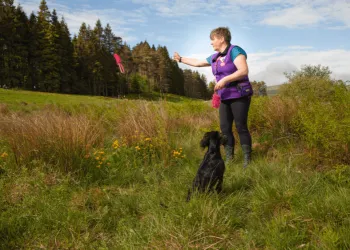
I am the founder of Best Dog Learning and Stuff and a massive prey drive enthusiast. I've lived with high prey drive dogs for over 20 years and I love them. I run the awesome High Prey Drive Club where I help my members learn to have fabulous walks and happy lives with their high prey drive dogs.
I am a published researcher in my field with both my original research and my review of the literature looking at prey drive in dogs being published in the respected journal Applied Animal Behaviour Science.
I peer review for Applied Animal Behaviour Science to help bring quality research into the world.
I am the author of Canine aggression: Rehabilitating an aggressive dog with kindess and compassion.
I want to show you how easy and fun it can be to have a high prey drive dog.
If you'd like help with your dog, I'm ready to help you right now.